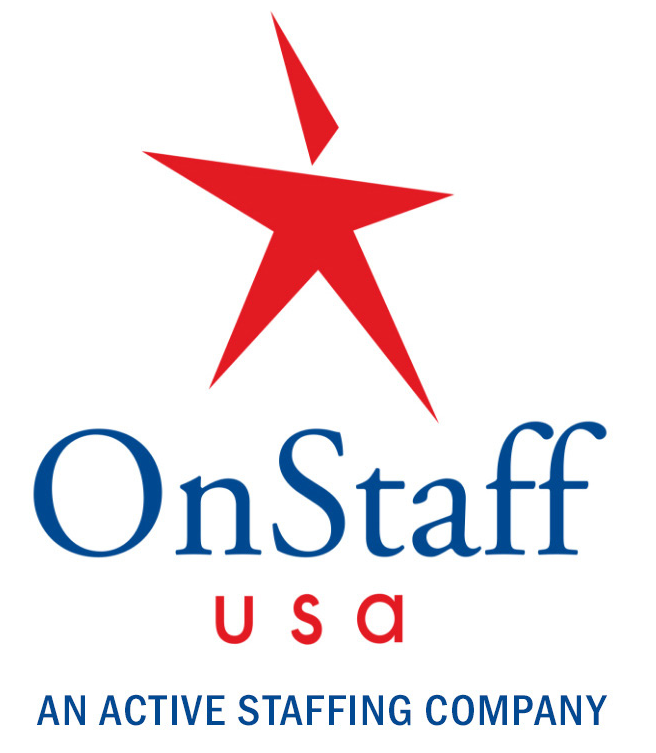It’s time to stop taking hourly employees for granted. Despite the fact that hourly employees make up nearly 60% of the U.S. workforce, leaders tend to discount them when formulating employee engagement strategies.1 Together, the high turnover in hourly positions and the idea that hourly workers are a renewable (and replaceable) resource lead to management styles that outright ignore the needs of this group. Leaders instead focus their engagement efforts on salaried employees and often perceive that group as more “valuable” because of the greater time, effort, and costs associated with staffing those roles.
But hourly employees make up the very foundation of the modern organization. In an industrial environment, they produce and handle the business’s products. In an administrative setting, they make sure that the organization runs smoothly on a day-to-day basis. In customer-facing positions, they represent the business and are the first (and last) thing customers associate with their experiences with the company as a whole. For these reasons, hourly workers, too, deserve to be on the receiving end of employee engagement strategies. They are the seldom acknowledged core of every organization: their work keeps the company running. With that in mind, management needs to develop and implement better strategies for engaging this group of workers.
MAKE WORK MEANINGFUL Although Millennials have a reputation as the group that most prioritizes having a sense of purpose in their work, workers of all generations want their workplace contributions to be meaningful.2 But how can organizations cultivate that sense of purpose? Communication is key. Clear and explicit communication can bring employees (both hourly and salaried) on board with the organizational mission. Companies need to connect the dots for all employees between what hourly workers do on a day-to-day basis and how that contributes to the organization and to the world at large. Sometimes that purpose is less tied to the organization than leaders would like, but that doesn’t mean it’s impossible to make a good connection with workers anyway. One Gallup study on factory workers found that this population didn’t care much for organizational mission but was motivated by the opportunity to give back to communities.3 Factories with a “local” mission saw employees exhibit greater engagement and ownership over their work. One step toward giving hourly workers meaning and purpose in their work is to ask them what they care about.
BUILD RELATIONSHIPS Employees’ relationships with their colleagues play an immense role in shaping workplace engagement. (For example, people who have a best friend at work are more likely to feel positively about their performance, the recognition they receive, and the meaning of what they do and therefore feel more engaged there.4) But the employee–manager relationship is especially critical: as the old saying goes, “People leave managers, not companies.” When dealing with a population whose members could leave for even a slight wage increase elsewhere, managers (and management styles) can make or break the work experience for hourly workers. Managers can reinforce this relationship just making themselves available—by proving that they value their employees by being around when it matters the most. I once worked for an organization with a factory that ran around the clock, and at least once a month I came in for the third shift to walk around the floor and let employees know that I was available if they needed me. Demonstrating support in such fundamental ways and showing care for employees can do more to strengthen the manager–employee relationship (and the employee–company relationship) than an e-mail or a generic newsletter ever could.
GIVE THEM A SEAT AT THE TABLE When strategizing and managing organizational change, leaders usually turn first to the salaried employees. But the hourly workers are the executors of the organization’s function and goals. They are the employees who know the business better than anyone else because they’re the ones getting things done every day. High-level strategic decisions often have the biggest impact on hourly workers, and this population is likely to have firsthand knowledge of how to improve day-to-day operations and processes. If an organization claims to value knowledge but excludes this population from the problem-solving process, it’s deliberately neglecting to tap a rich vein of knowledge. Get them involved in the solution, too. Don’t just pull hourly workers aside for focus groups, take what they know, and use that knowledge to craft (and implement) solutions without any further involvement from them. Give these employees the latitude to introduce on the ground level the changes they helped bring about. Employees learn the most through on-the-job experience and social sharing—which means that training protocols, employee manuals, and other formal education programs simply aren’t as effective as informal channels. Letting hourly employees become champions of change increases the likelihood that the change will be meaningful and lasting. When an organization claims to value employees but puts effort into engaging only its salaried workers, it’s ignoring a significant— and vital—part of its population. Only by recognizing the value of hourly workers, too, can a company achieve the breadth of employee engagement that will help it to succeed.
About the Author:
Rob Seay is the director of employee experience at Bonfyre. An accomplished Human Resources professional with proven leadership and management experience, he has worked with leading businesses in various healthcare, enterprise tech, and consumer goods industries such as Energizer Holdings, Covidien, bioMerieux, and Anheuser Busch Companies. Seay strives for building talented teams and maintains positive employee relations during times of tremendous organizational change.
1. Bureau of Labor Statistics. 2017. “Characteristics of Minimum Wage Workers, 2016.” BLS website, April, www.bls.gov/opub/reports/minimum-wage/2016/home.htm. 2. David Lee. 2016. “Want to Boost Employee Motivation? All It Takes Is a Little ‘Show and Tell.’” TLNT website, February 3, www.tlnt.com/ want-to-boost-employee-motivation-all-it-takes-is-a-little-show-and-tell/. 3. Denise Delahanty. 2015. “Factory Workers Don’t Care About Their Company’s Mission.” Gallup website, January 16, news.gallup.com/businessjournal/181175/factory-workersdon-care-company-mission.aspx. 4. Gallup. 1999. “Item 10: I Have a Best Friend at Work.” Gallup website, May 26, news.gallup.com/businessjournal/511/item-10-best-friend-work.aspx.
